Compass Declination and Deviation: What’s the Difference?
Navigating with a compass is an indispensable skill for any outdoor enthusiast.
However, it can be complicated.
There are two important concepts to understand: declination and deviation.
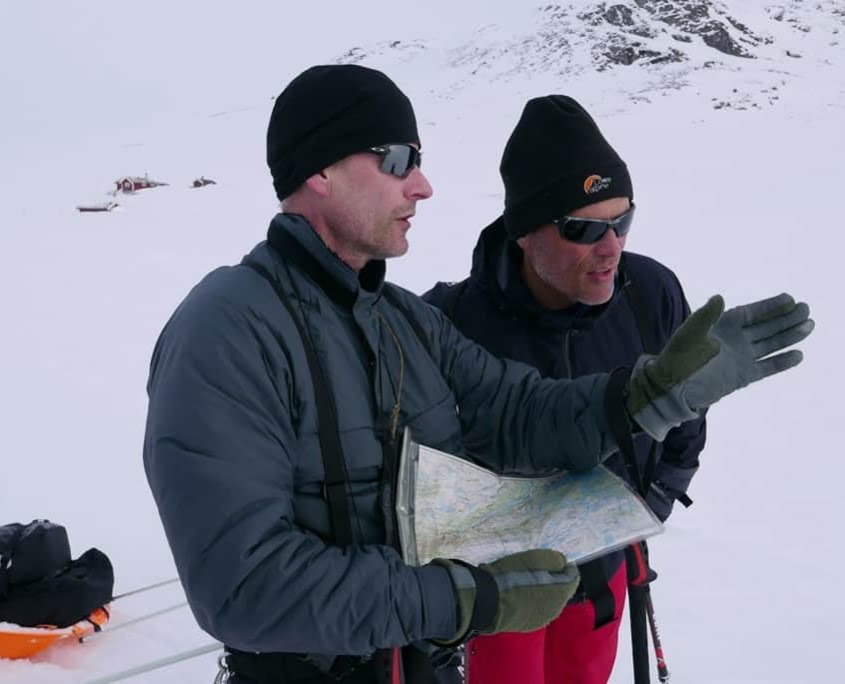
Navigating in winter
What is Compass Declination?
– Declination is the difference between magnetic and true north.
– It is due to the alignment of the Earth’s magnetic field.
– The magnetic field does not exactly coincide with the Earth’s geographic poles.
– So, your compass points to magnetic north, not true north.
Suppose you are in Amsterdam.
The declination is about 1 degree east.
Magnetic north is 1 degree east of true north.
What is Compass Deviance?
– Deviation is the deviation of your compass caused by local magnetic fields.
– These fields come from metal objects close to your compass.
– For example, the metal in a car or boat can affect your compass.
Suppose you are in a car with your compass.
The metal of the car can deflect your compass.
For example, 2 degrees to the east. That’s deviation.
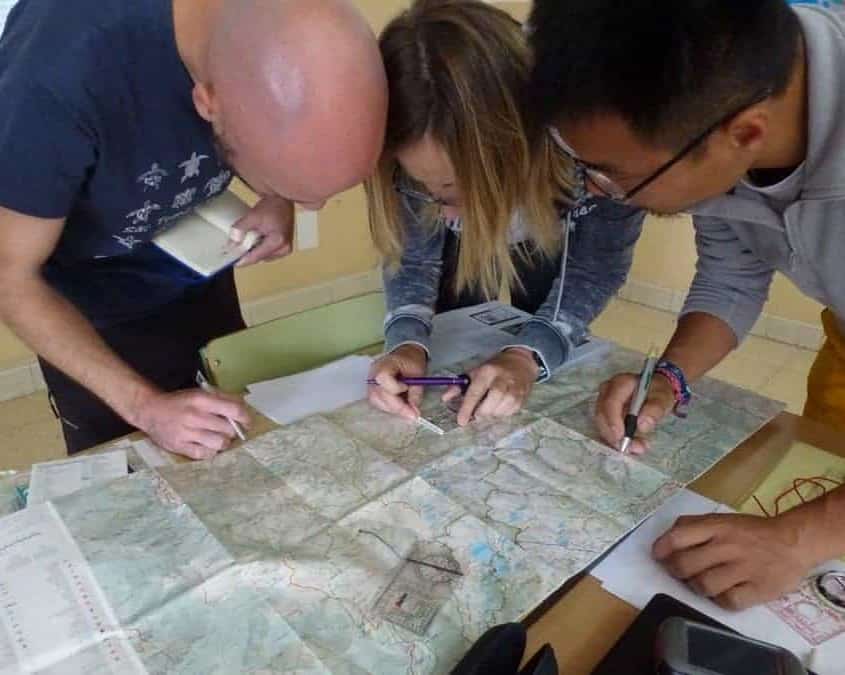
Map study before beginning a trek
What is the Difference Between Declination and Deviation?
The main difference between declination and deviation is in the cause.
– Declination is a geographical phenomenon, due to the Earth’s magnetic field.
– Deviations are caused by local magnetic fields.
With declination , it matters where you are.
With deviation, it is important what is with your compass.
How to Apply Declination and Deviation.
Applying declination and deviation is crucial for accurate navigation.
1. Find the declination for your location: You can find this on most topographic maps or online.
2. Apply declination: Add or subtract declination from your compass heading. This depends on whether the declination is east or west.
3. Determine the deviation for your situation: You can do this by comparing your compass to a known direction.
4. Correct for deviation: Adjust your compass heading to correct for deviation.
For example, suppose you are in Amsterdam with a declination of 1 degree east.
And you’re in a car with a deviation of 2 degrees east.
If you want to follow a course of 90 degrees east, you actually have to follow a course of 87 degrees on your compass.
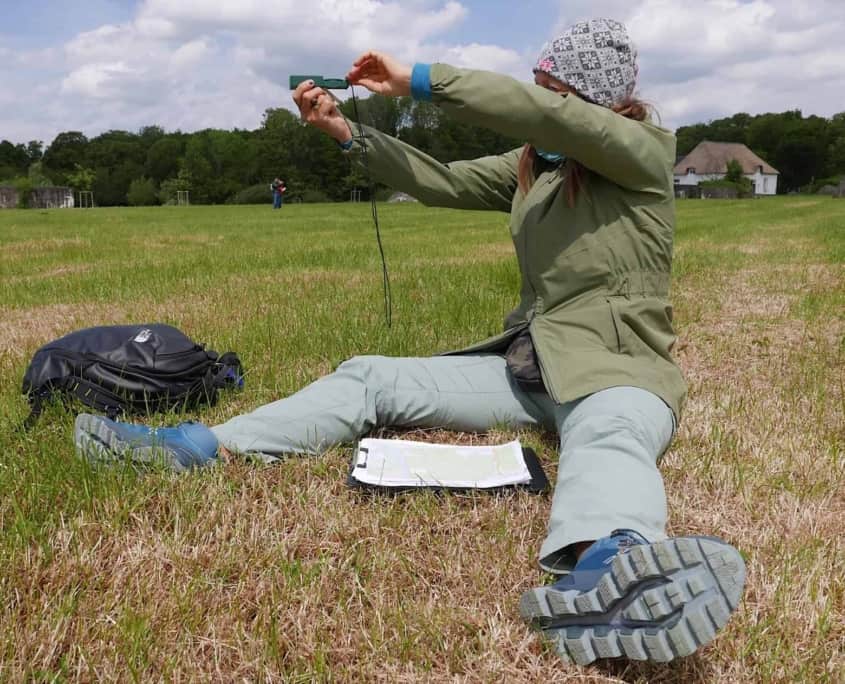
Map study before beginning a trek
Come to the map and compass navigation workshop
Understanding these concepts is a fundamental part of navigating with a map and compass.
If you want to learn more about these and other aspects of map and compass navigation, we encourage you to attend our map and compass workshop.
This workshop provides hands-on experience and instruction from experts in the field.
Here you will learn:
– How to determine and apply declination and deviation.
– How to read and use a map correctly.
– How to properly read and set a compass.
– And much more!
At our workshop, you get the chance to learn by doing.
This makes learning not only more effective, but also much more fun.
– You will learn in small groups under the guidance of experienced instructors.
– You will have the opportunity to ask questions and receive direct feedback.
– This helps you learn quickly and improve your skills.
Navigating with a compass is a skill that requires time and practice.
But don’t be discouraged.
With proper training and practice, anyone can master this skill.
And remember, it’s not just about reaching your destination. It’s also about enjoying the journey.
If you want to learn more about our workshops, visit our calendar.
There you will find information about what we offer and how to register.
So, what are you waiting for?
Start your navigation adventure today!

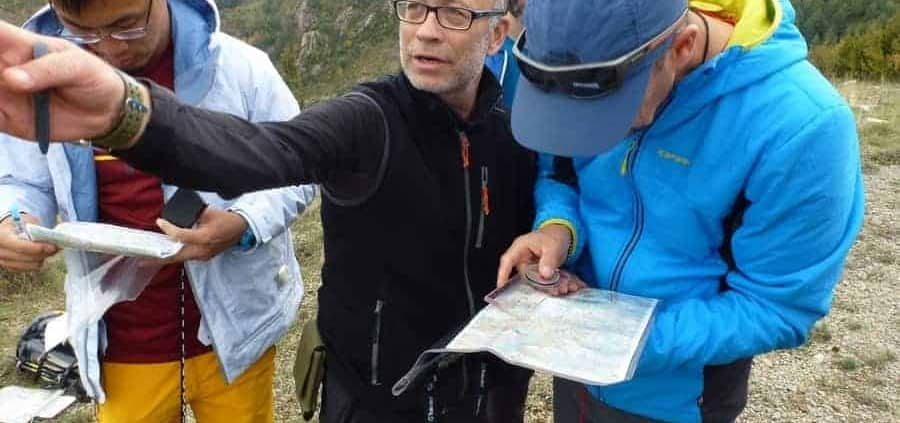



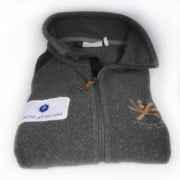

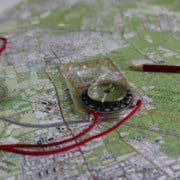









Leave a Reply
Want to join the discussion?Feel free to contribute!